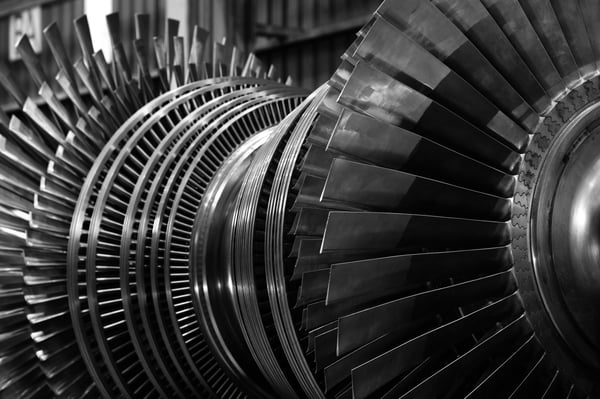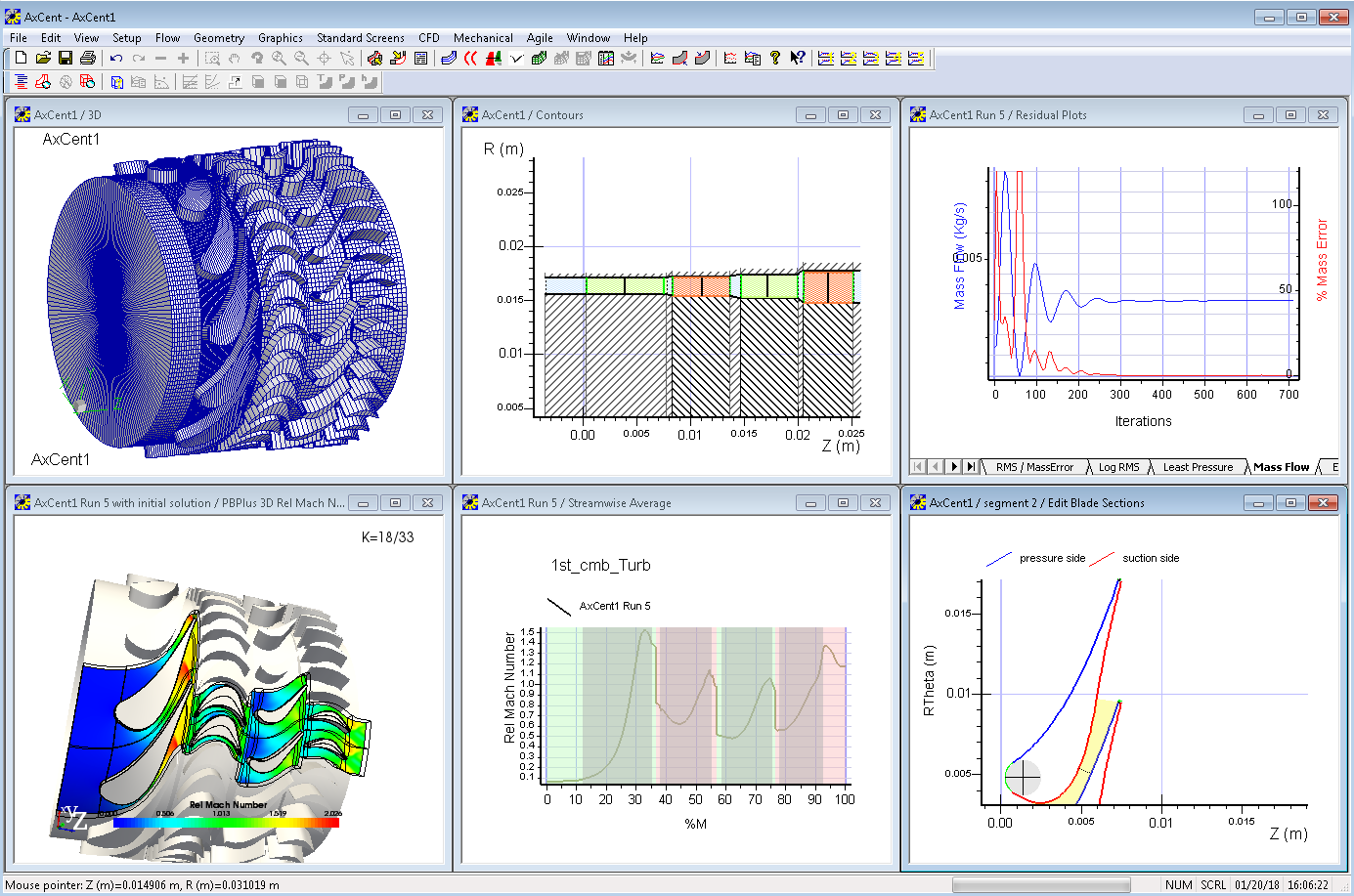The Gyroscopic Effect
This post covers one of the fundamental issues that makes rotordynamics a unique subject: The Gyroscopic Effect. The gyroscopic effect can be observed in the behavior of spinning tops, fidget...
A blog on what's new, notable, and next in turbomachinery
Gas turbines (or GTs) are important in the power generation sector due to their high efficiency, cleaner emissions and faster startup than old coal-powered plants. These power generators can range from small, local power supplies to huge units, large enough to power a city. Even with the surge in renewable energy sources, there will always be a need for power when the sun goes down, on a windless day or when power peaks are expected. GTs fill this power gap. GTs are very power dense, meaning they can produce a lot of power in a relatively small footprint. This is very useful in a city, offshore, or where vast landmasses are unavailable.
Given their vital role in supplying power across the globe, the GT market will be around for a while, despite recent volatility. In this tight market, gas turbine manufacturers are looking for ways to become more competitive. One way they can achieve this is to make their turbines more efficient. Leading OEMs invest significant time and resources in the development of the GT package. These precious resources need to be invested wisely to get, as they say, “the best bang for the buck”.
Gas turbine engineers need tools to help them design the turbine gas flow path from inlet compressor to burner to power turbine. Each section will have its own unique set of conditions that allow it to operate efficiently. Using the best CAE software to model and predict performance of these aero components goes a long way to help optimize the whole design. Blade shape and dimensions can be tweaked in the software and analysis performed to get instant feedback. The ability to try various designs, in the virtual world, helps the engineer narrow down and focus on the right solution while containing design costs.

Gas Turbine Design Engineers face several choices when selecting CAE software. They can create something in-house, which is very expensive to create and maintain at the cutting edge, or they can cobble together several modules from different vendors, which can be challenging to integrate them all. Another choice is a comprehensive design system where the entire design process, from preliminary sizing through final design, fluid dynamics, mechanical stress, and vibration analysis, can all be performed within a single software package. The last choice ensures both cutting edge technology and seamless transfer of data between the various stages in the design process.

A smart investment in the best CAE tools available dramatically improves, and proves out, the product design before any metal is cut, reducing time and cost. Great CAE tools help the engineer make critical decisions that will drive the best and most practical design changes. Ultimately, each point of efficiency obtained will have huge benefits to the various stakeholders. OEMs can market a more competitive product, consumers spend less cash for power, and the environment benefits from lower emissions going up the stack.
Using state-of-the-art software tools for both designing and manufacturing gas turbines has helped the gas turbine industry make great strides in replacing other less efficient fossil fuel power plants. If GT OEMs want to continue to be competitive in the power generation market for a long time to come, they need to make smart investments that drive better designs.
Obviously, there are other critical decisions, such as materials, manufacturability, part lifetime between overhauls, reliability, robustness, weight, and availability that need to be considered, but that is a topic for another blog.
Tags: CAE Software
By Thomas Gresham, Senior Mechanical Design Engineer
Mar 6, 2024
This post covers one of the fundamental issues that makes rotordynamics a unique subject: The Gyroscopic Effect. The gyroscopic effect can be observed in the behavior of spinning tops, fidget...
By Mark R. Anderson, Chief Technical Officer, Concepts NREC
Jan 10, 2023
Hydrogen is attracting a lot of interest in different circles these days from: propulsion, to energy storage, to personal transportation. The most obvious benefit of hydrogen fuel is a total lack of...
By Dr. David Schowalter, Sr. Director, Global Software Sales
Jan 3, 2023
Because of its promise as a non-polluting fuel, hydrogen is currently a very popular topic among the energy and turbomachinery communities. If hydrogen is reacted with pure oxygen, the thermal energy...